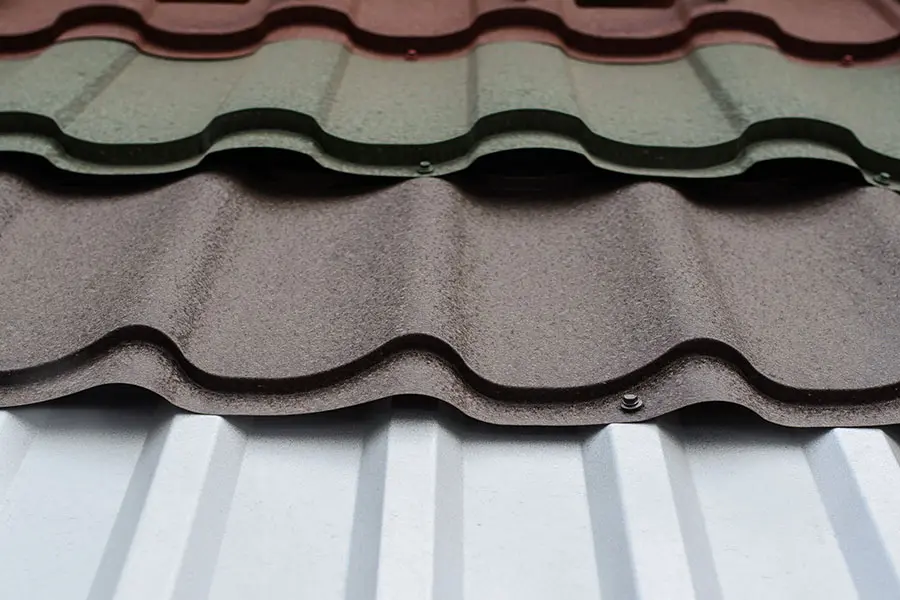Regional Insights on Roofing Companies Gainesville Florida Homeowners Prefer
Regional Insights on Roofing Companies Gainesville Florida Homeowners Prefer
Blog Article
Finest Practices for Ensuring Proper Roof Air Flow
Ensuring correct roofing air flow is crucial for the long life and effectiveness of a roof covering system. A balanced consumption and exhaust air vent proportion, commonly 1:300, plays an essential function, with consumption vents preferably put at the lower edge of the roofing for cool air access and exhaust vents at the height for cozy air exit. Normal evaluations to identify obstructions and preserve clear airflow are vital. Keeping insulation away from vents is crucial to protect against airflow restriction. Comprehending these foundational aspects establishes the stage for more detailed understandings into installment and maintenance methods that can significantly enhance your roof system's performance.
Understand Air Flow Basics
Correctly recognizing air flow essentials is crucial for guaranteeing the longevity and efficiency of roof. Efficient ventilation mitigates dampness build-up and temperature level extremes in the attic room, both of which can bring about substantial architectural damage in time. A well-ventilated roof covering helps in protecting against common issues such as mold growth, timber rot, and ice dams, which can endanger the stability of the roof covering materials and the underlying structures.
The primary goal of ventilation is to promote the motion of air, permitting for a consistent exchange between the indoor and outside atmospheres. This balance is attained with a mix of intake and exhaust vents that function together to preserve ideal airflow. Intake vents, generally situated along the eaves or soffits, enable fresh air to go into the attic space, while exhaust vents, often located at or near the roof covering ridge, allow warm, moist air to leave.
Key factors affecting the performance of roofing system ventilation consist of appropriate placement, adequate sizing, and ensuring that both consumption and exhaust vents are unblocked. Routine assessment and maintenance are crucial to recognize possible obstructions, damage, or ineffectiveness in the ventilation system, thus securing the roof's performance and durability.
Kinds of Roof Covering Vents
Roofing vents play a crucial role in preserving efficient attic ventilation and, by extension, the general wellness of the roof. Numerous sorts of roofing vents are available, each with distinct advantages customized to certain roof demands. Ridge vents, for instance, are set up along the roofing system's top, enabling cozy, humid air to escape from the attic. They offer continuous ventilation and mix flawlessly with the roofline, making them both efficient and cosmetically pleasing.

Soffit vents are installed under the eaves and operate in tandem with roofing vents to guarantee a balanced consumption and exhaust system. By enabling cooler air to enter from below, soffit vents facilitate the expulsion of warm air via upper vents. Gable vents, situated on the outside wall surfaces of the attic room, offer one more effective option, specifically in homes with saddleback roofs.
Analyze Your Present Ventilation

Following, think about the age and condition of your roof covering products and air flow components. Older systems may not adhere to existing building codes or might have worn away with time, minimizing their effectiveness. Conduct an extensive evaluation to identify any type of signs of deterioration, such as rust, damage, or gaps that might compromise the system's performance.
Additionally, determine the attic room temperature and humidity levels. High temperatures and humidity can show insufficient ventilation.
Setup Best Practices
Effective installment of roofing ventilation systems is vital for making sure ideal efficiency and longevity. Proper installment starts with recognizing the details ventilation demands of the roofing and the building it covers. This involves determining the appropriate proportion of intake to wear down vents, normally sticking to the 1:300 policy, which stipulates one square foot of air flow for every single 300 square feet of attic room flooring space.

The placement of vents is equally crucial. Intake vents ought to be mounted at the roofing's lower edge, typically in the soffits, to permit cool air to get in. Exhaust vents, on the other hand, ought to be installed near or at the roof's peak to assist in the leave of warm, moist air. This creates an all-natural airflow that aids keep temperature level and moisture balance within the attic room.
Seal all air vent links thoroughly to stop air leaks and possible water seepage. Usage top notch products and adhere to producer guidelines to ensure longevity and efficiency. Additionally, incorporating ridge vents with baffles can considerably boost air movement efficiency by protecting against wind-driven rain and snow from entering the attic room.
Eventually, accurate installation of roof air flow systems reduces prospective concerns such as mold development, ice dams, and structural damages, ensuring the roofing's honesty and the building's total health and Recommended Reading wellness.
Routine Maintenance Tips
Consistency in maintenance practices is fundamental to making certain the long-term effectiveness of roofing air flow systems. Normal examinations are crucial, ideally performed biannually-- in the springtime and loss. During these examinations, ensure that vents are devoid of particles, nests, and various other blockages that could hinder air flow. Inspect for any indicators of dampness buildup or mold and try this website mildew, as these can suggest incorrect air flow or leaks (gainesville fl roofing companies).
Use a soft brush or a vacuum to get rid of dust and debris from intake and exhaust vents. Be careful not to harm the vent displays or louvers throughout the procedure.
Proper insulation is just as crucial. Make certain that attic insulation does not obstruct the vents, as this can badly limit airflow. Rearrange or change it to keep a reliable barrier. if any insulation has shifted or settled.
Lastly, replace any kind of damaged or missing parts promptly. Damaged vents, split shingles, or tatty flashing can all add to insufficient air flow and must be resolved without hold-up. Routine maintenance guarantees that the roof covering ventilation system works efficiently, thereby extending the life-span of the roof itself.
Verdict
Making certain proper roofing ventilation is vital for keeping the performance and visit this site right here sturdiness of a roof system. Adherence to the 1:300 intake and exhaust air vent proportion, combined with the critical placement of vents, is essential.
A balanced consumption and exhaust vent ratio, generally 1:300, plays a pivotal role, with intake vents preferably positioned at the lower side of the roof for cool air entrance and exhaust vents at the top for cozy air departure. Intake vents, commonly situated along the soffits or eaves, enable fresh air to go into the attic room room, while exhaust vents, typically situated at or near the roofing ridge, allow hot, humid air to run away.
Soffit vents are mounted under the eaves and work in tandem with roofing system vents to make certain a well balanced intake and exhaust system. By allowing cooler air to enter from below, soffit vents facilitate the expulsion of warm air via upper vents. Adherence to the 1:300 consumption and exhaust vent proportion, paired with the critical positioning of vents, is essential.
Report this page